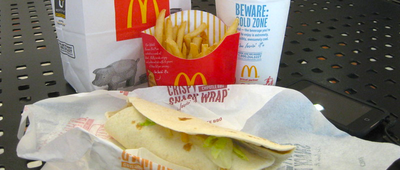Global Grilling
Burgers, ribs, skewers, and sausages are some of the hallmarks of America’s barbecue culture— but the tradition is by no means unique to summertime revelers in the States. Barbecue or some version of it can be found in virtually every inhabited corner of the Earth. In some places, it looks just like an American cookout. Other cultures follow traditions that date back thousands of years. In all cases, however, the end result is delicious.
Related: 15 Fantastic Regional Rib Recipes

































